
Swiss rivers allowed to flow freely

After years of diverting rivers in Switzerland, the authorities have come to the conclusion that water should run free.
One example of “re-naturalisation” – where a body of water is restored to its natural state – is the river Emme near Burgdorf in canton Bern.
“For a while I thought I was a tourist guide,” Ruedi Mosimann, a water construction engineer with the Bern water authorities, told swissinfo, recalling times when delegations from all over the world came to observe the re-naturalisation of the Emme.
Just outside Burgdorf the Emme runs due southwards, closed in by high concrete walls on both sides, with only a few dams to slow down the raging waters.
A few kilometres south of Burgdorf, however, the river looks different. For a 700-metre-stretch the Emme has been freed from its suffocating corset and meanders unhindered through the landscape.
There is a sense of peace about this stretch of water and many plants and animals that can be found nowhere else have taken root along the banks.
Pioneer project
Mosimann was in charge of the project, which was launched in 1991 with the aim of widening the riverbed and restoring the natural course of the river.
After a study showed that the re-naturalisation of rivers also prevents floods, the canton Bern water authorities decided to widen the riverbed rather than build another dam, which would have been necessary.
The river runs with a normal speed of 12.6km/h. “But we have slowed the water down by about 2km/h,” Mosimann explained.
Good co-operation
Eleven years on Mosimann thinks the project has been a success and said he was impressed with the co-operation of the neighbouring communities.
“At the beginning we had to raise a lot of political understanding for the project, but once we got through to the people the project got under way very quickly,” he said.
One reason that the project was approved quite quickly could have been the fact that it was done at relatively low cost. “Building a new dam would have cost exactly the same,” Mosimann said.
More projects
The Emme project is not the only such project in Switzerland and more rivers are set to be re-naturalised in the near future. In canton Bern the rivers Kander and Aare will once again go with their natural flow and the river Rhein is also set to return to its original state near Chur.
The reason for the re-naturalisation of rivers in Switzerland is the fact that they provide important living space for animals and plants, just as forests do.
The Swiss government has said it will continue to support these projects. “Natural living spaces such as river meadows have to be conserved or re-established,” said Andreas Götz, vice president of the Federal Office for Water and Geology.
However, not everyone shares his opinion and some communities have rejected proposals for such projects due to high costs.
These are problems which Mosimann does not seem to have encountered in the Emmental, where he is working on four similar projects.
“Re-naturalisation will definitely improve our environment. More fish, more small animals, more birds – more species all together.”
swissinfo, Christian Raaflaub (translation: Billi Bierling)
For centuries the Swiss have diverted rivers and streams in order to make better use of the valleys and meadows.
However, if the dams are not strong enough to survive big storms, floods threaten to cause devastation. Switzerland has seen such disasters in the past up until the present day.
If rivers are re-naturalised water gets more space, which means flooding is less likely to happen.
Another positive aspect is the fact that many plants and animals use re-naturalised rivers as their living space.

In compliance with the JTI standards
More: SWI swissinfo.ch certified by the Journalism Trust Initiative

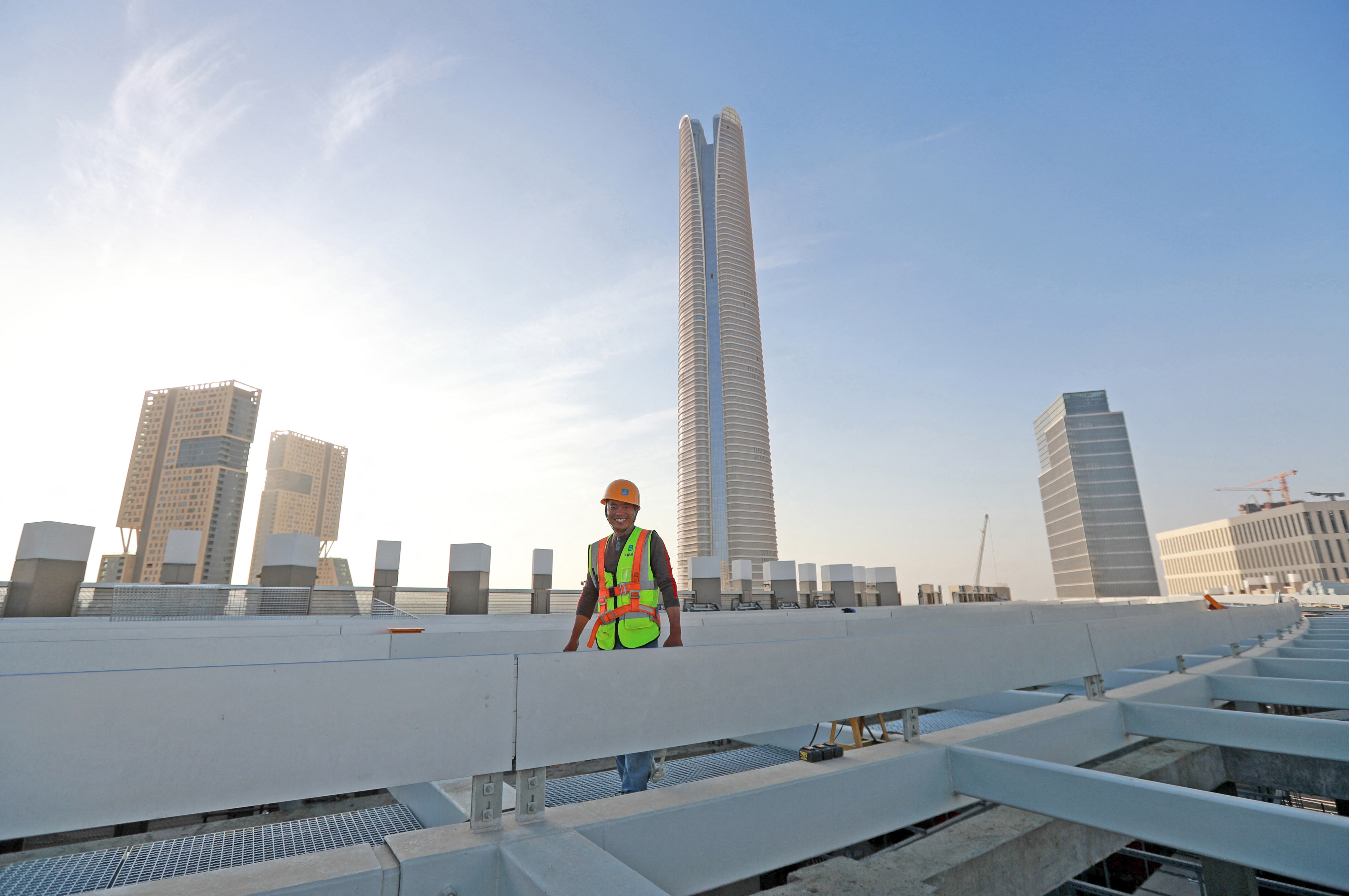








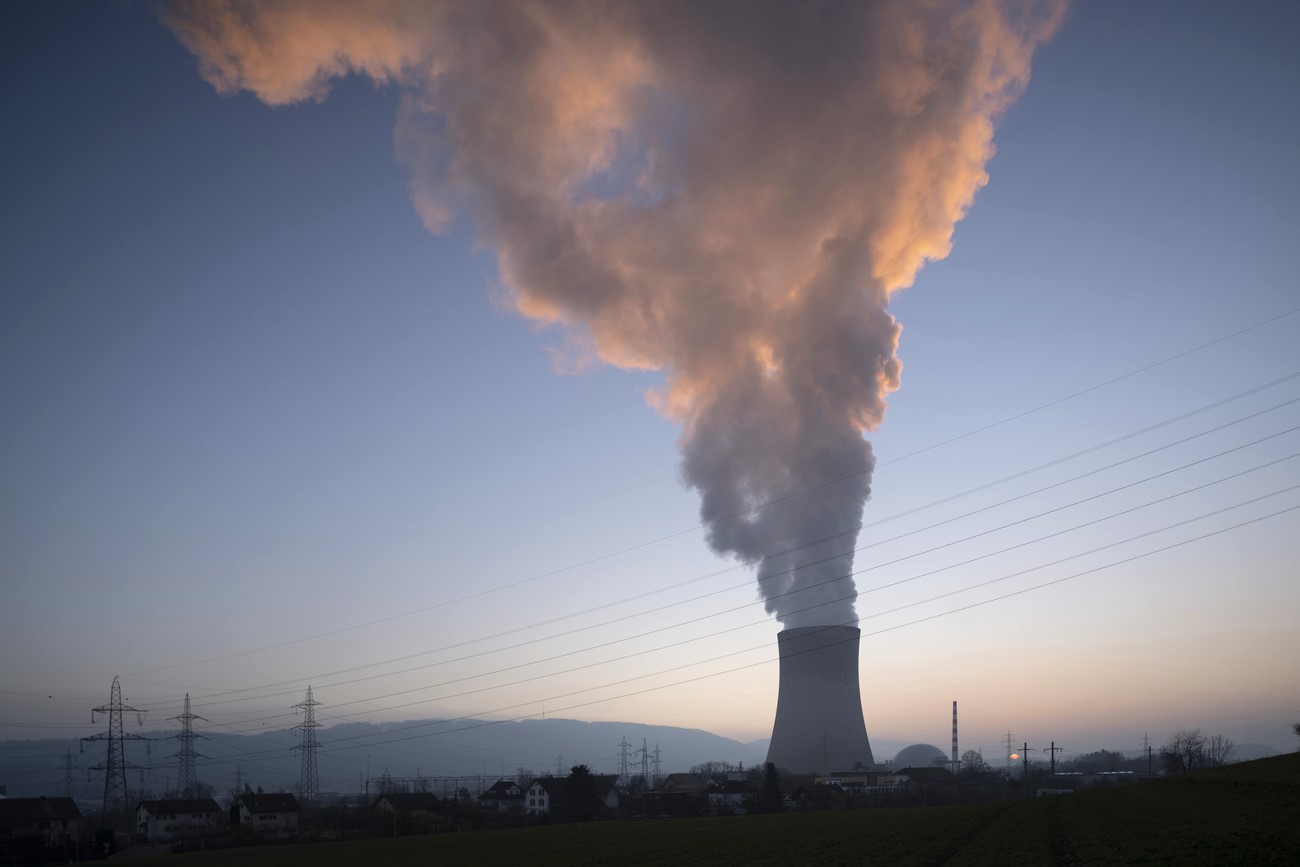
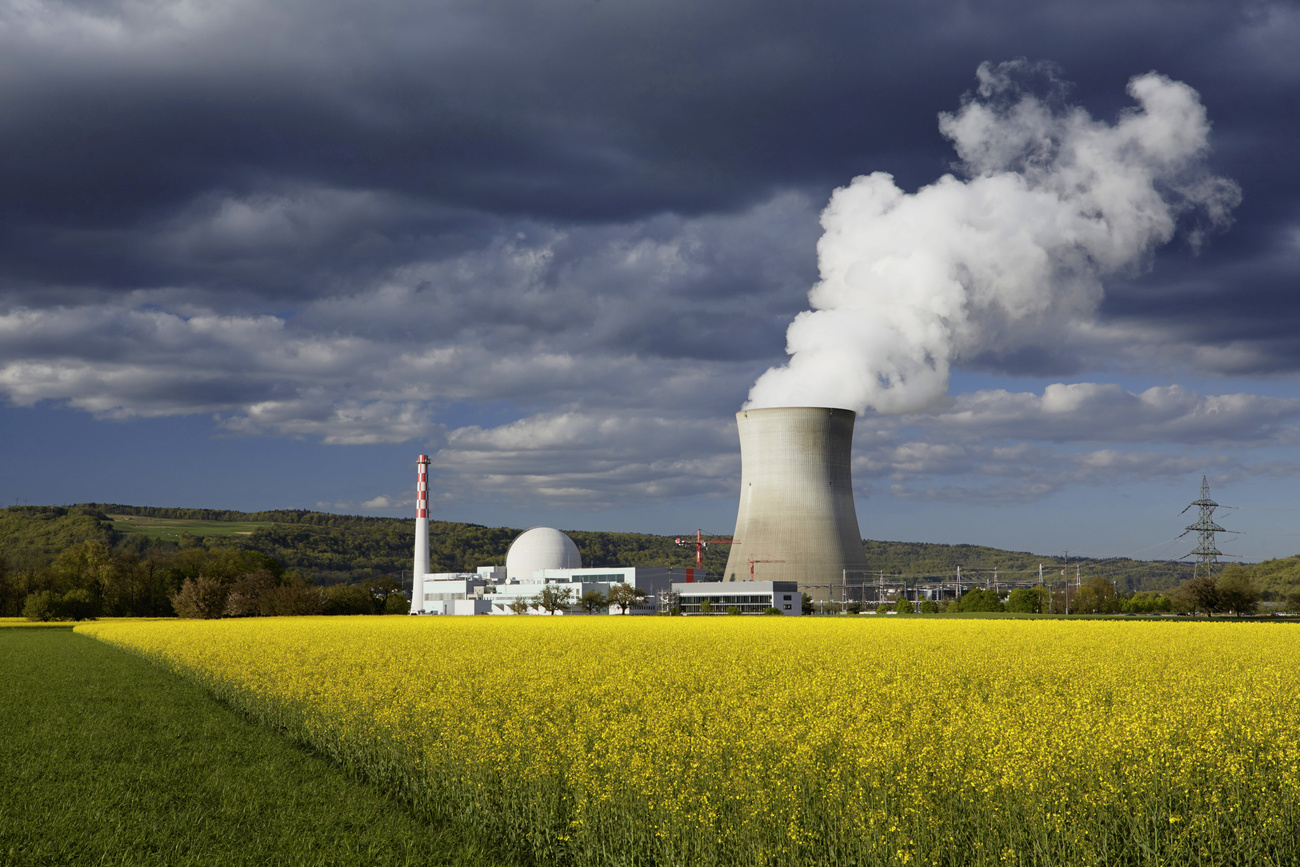




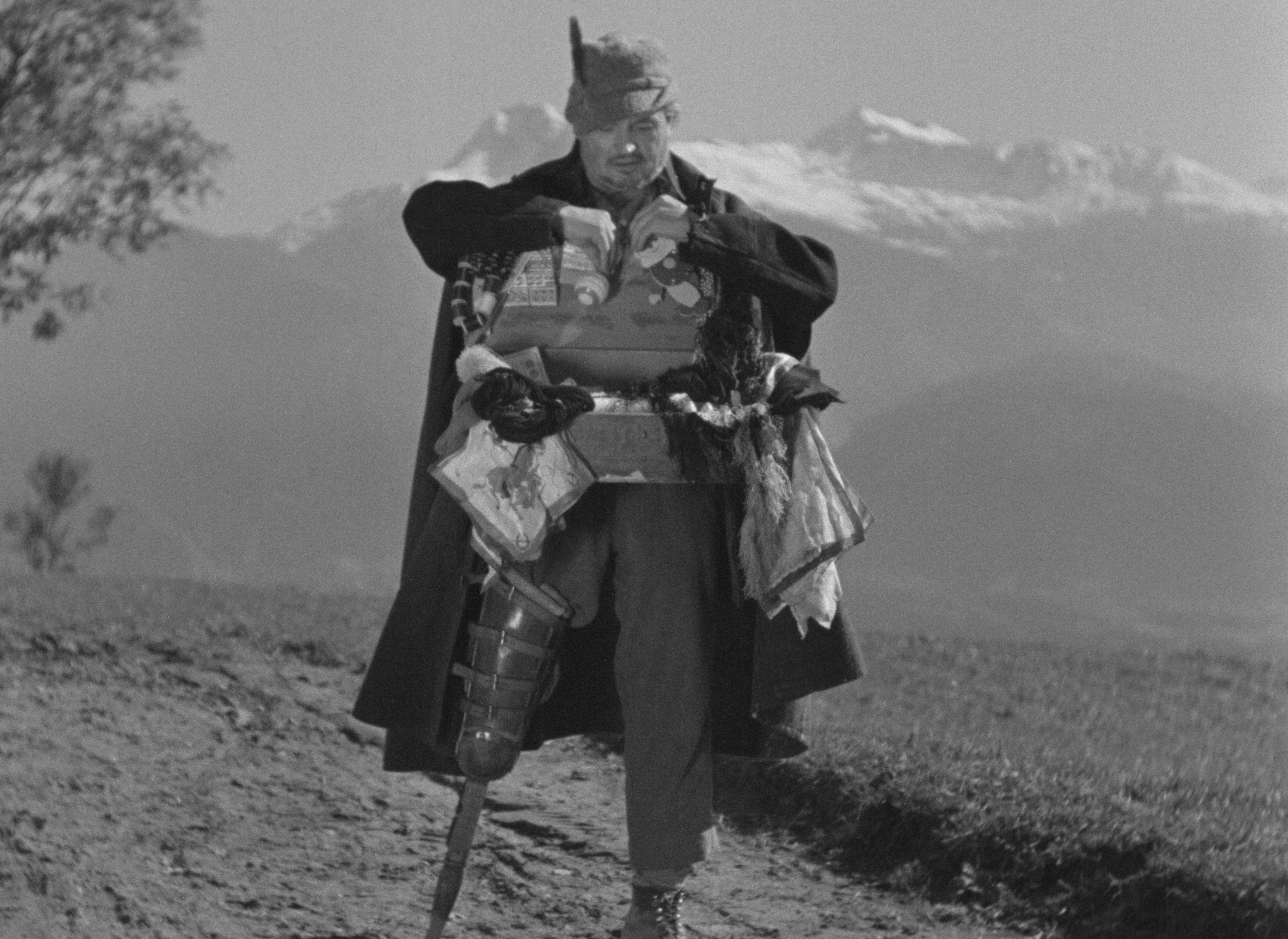



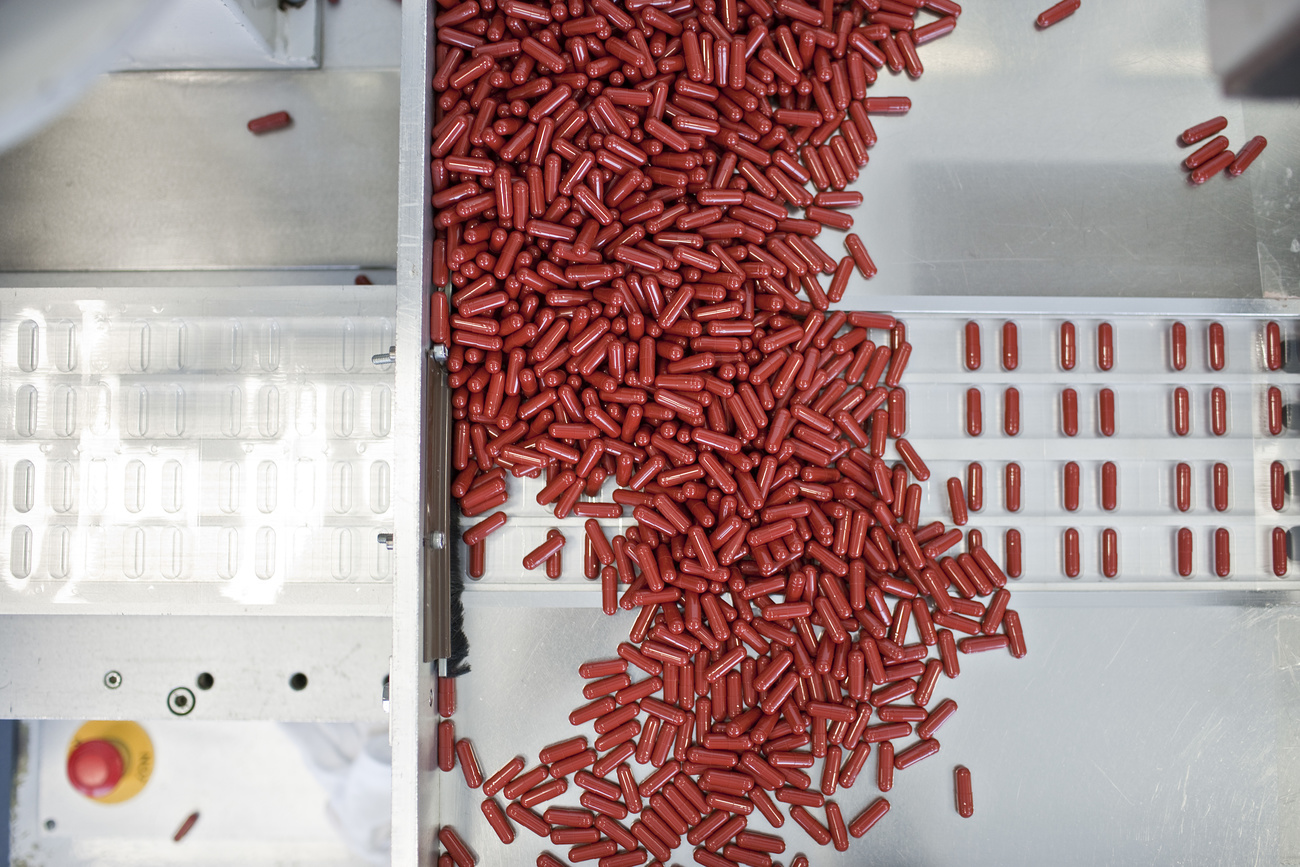








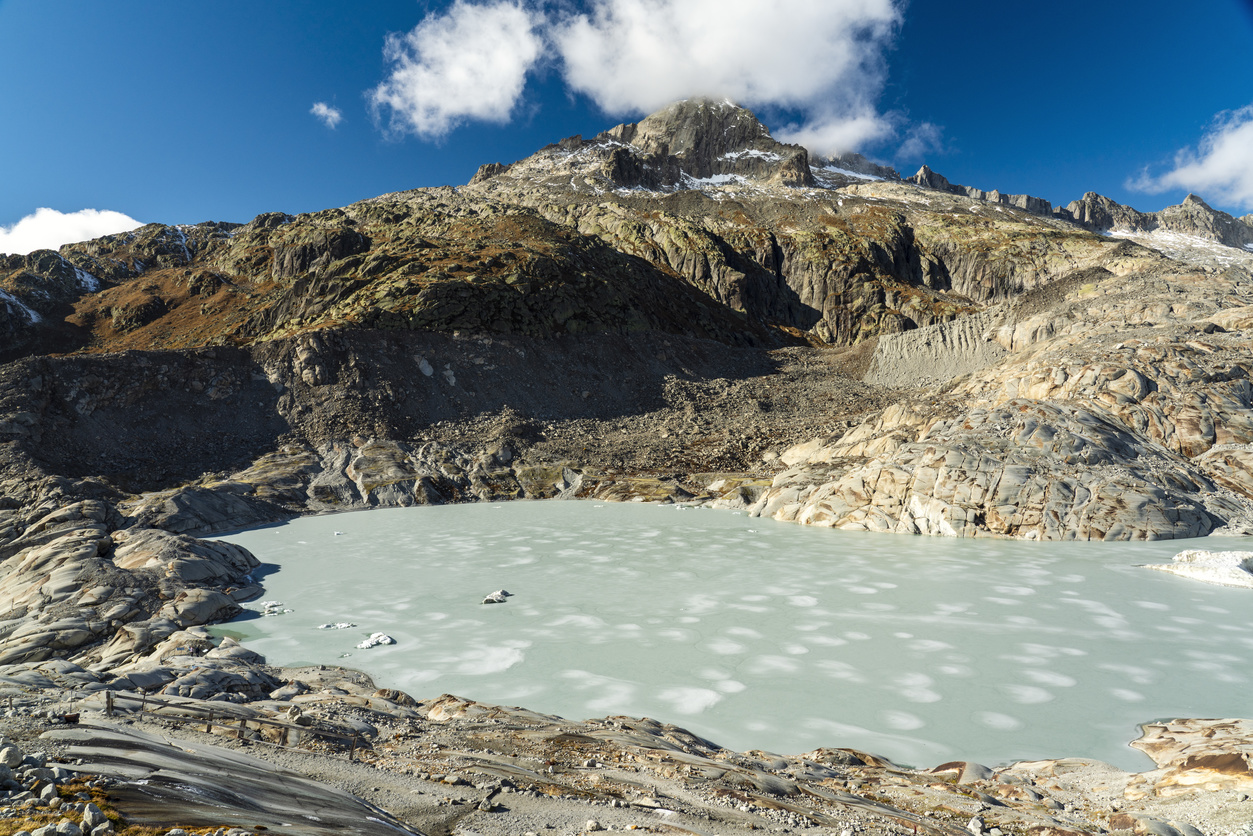


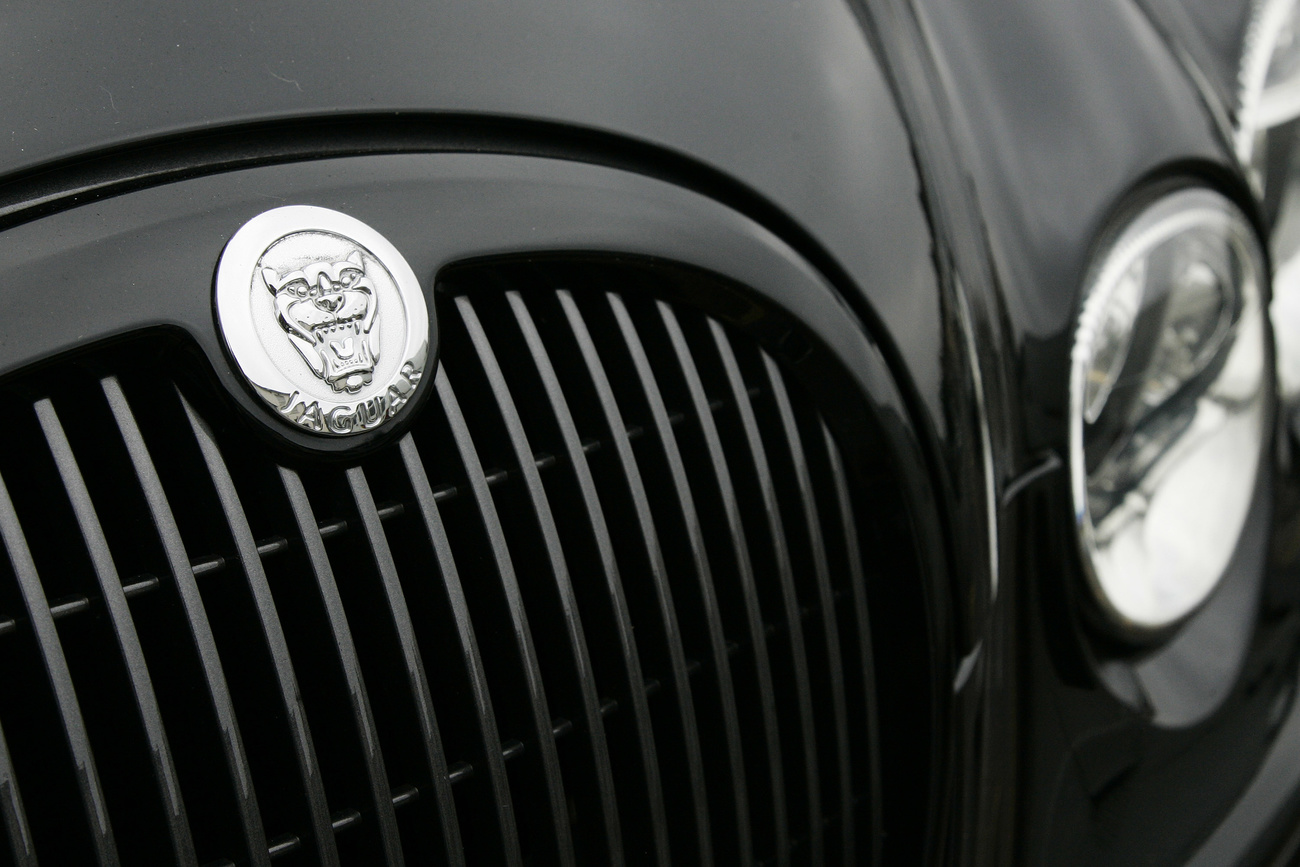



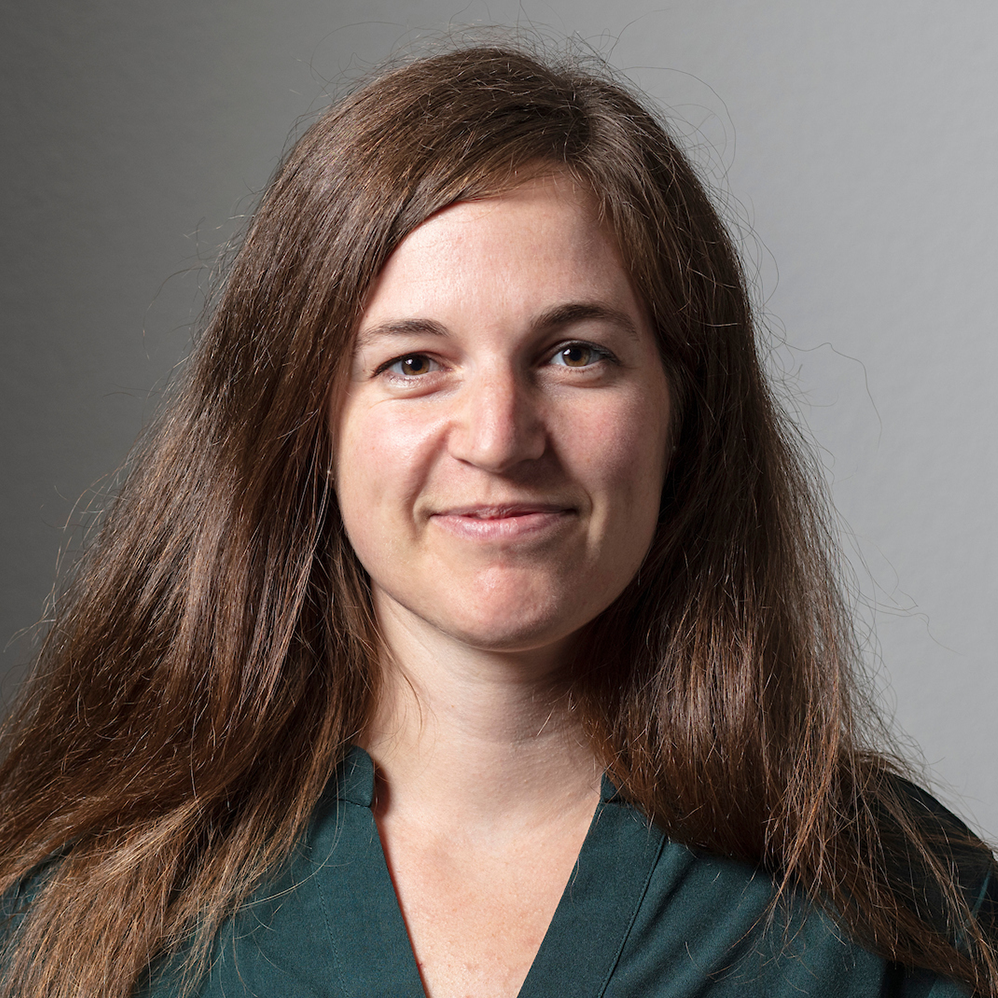

You can find an overview of ongoing debates with our journalists here . Please join us!
If you want to start a conversation about a topic raised in this article or want to report factual errors, email us at english@swissinfo.ch.